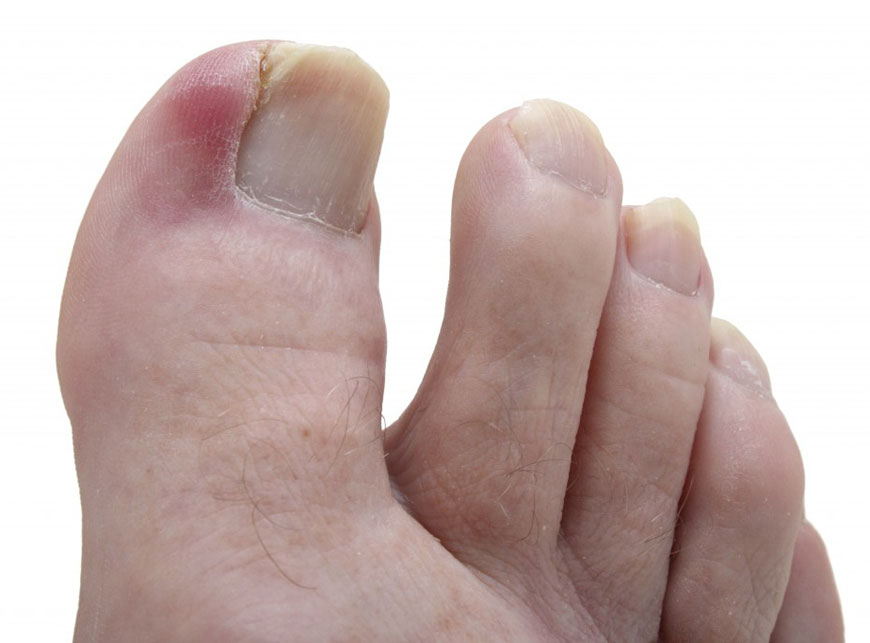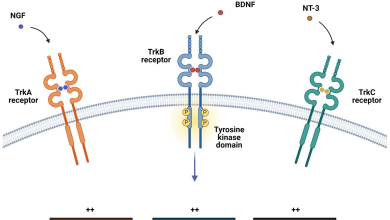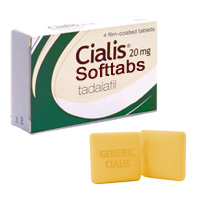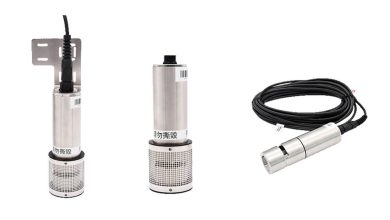Why Is Matrixectomy Used for Treating Ingrown Toenails?
Why Is Matrixectomy Used for Treating Ingrown Toenails?

Ingrown toenails are a common and often painful condition where the edges of the toenail grow into the surrounding skin, leading to discomfort, swelling, and sometimes infection. While many cases can be managed with at-home care or minor procedures, severe or recurrent ingrown toenails may require more definitive treatment to prevent them from coming back. One such treatment is a procedure called a matrixectomy, which is highly effective in providing long-term relief from this bothersome condition.
Understanding Ingrown Toenails
Before diving into why a matrixectomy is used to treat ingrown toenails, it’s essential to understand what causes them. Ingrown toenails can develop due to several factors, including:
- Improper Toenail Trimming: Cutting toenails too short or rounding the edges can encourage the nail to grow into the skin.
- Footwear: Tight or narrow shoes can press the toenails into the surrounding skin, increasing the risk of ingrown nails.
- Injury: Trauma to the toe, such as stubbing or dropping something heavy on it, can lead to nail growth abnormalities.
- Genetics: Some people are more prone to ingrown toenails due to the natural shape of their nails or toes.
- Nail Conditions: Fungal infections or other conditions that alter the shape or thickness of the toenail can also lead to ingrown nails.
What Is a Matrixectomy?
A matrixectomy is a minor surgical procedure that involves the removal or destruction of a portion of the nail matrix, which is the tissue under the base of the nail responsible for nail growth. By targeting the nail matrix, this procedure aims to prevent the regrowth of the problematic section of the toenail, effectively eliminating the risk of the ingrown toenail recurring.
Why Is Matrixectomy Used?
The decision to use a matrixectomy for treating ingrown toenails is based on several key benefits that the procedure offers. Here’s why matrixectomy is a preferred solution for many patients and podiatrists:
1. Permanent Solution
One of the main reasons matrixectomy is used to treat ingrown toenails is that it offers a permanent solution. Since the procedure involves destroying the nail matrix responsible for producing the offending part of the nail, there’s no chance for that section of the nail to grow back. This permanency is particularly beneficial for individuals who suffer from chronic or recurrent ingrown toenails, providing them with long-term relief.
2. Minimally Invasive
Matrixectomy is a minimally invasive procedure that can often be performed in a podiatrist’s office under local anesthesia. The simplicity of the procedure, combined with the minimal downtime, makes it an attractive option for patients who want to avoid more extensive surgery. Most patients can return to their normal activities within a day or two, making matrixectomy a convenient choice.
3. High Success Rate
The success rate of matrixectomy is very high, with studies showing that the procedure effectively prevents the recurrence of ingrown toenails in the vast majority of cases. This success is due to the precise nature of the procedure, which targets only the problematic section of the nail without affecting the rest of the toenail or surrounding tissue.
4. Reduced Pain and Discomfort
For patients suffering from painful ingrown toenails, matrixectomy provides significant relief. By removing the section of the nail that’s causing pain and inflammation, the procedure alleviates the symptoms associated with ingrown toenails. Most patients report a noticeable reduction in pain and discomfort following the procedure, and the healing process is generally smooth and uncomplicated.
5. Low Risk of Complications
Matrixectomy is considered a low-risk procedure, with a low incidence of complications. When performed by an experienced podiatrist, the procedure carries minimal risk of infection or other adverse effects. Additionally, the use of local anesthesia ensures that the patient remains comfortable throughout the procedure.
The Matrixectomy Procedure: What to Expect
If you’re considering matrixectomy for treating an ingrown toenail, it’s helpful to know what to expect during the procedure. Here’s a step-by-step overview:
- Preparation: Before the procedure begins, your podiatrist will clean and sterilize the toe. A local anesthetic will be injected to numb the area, ensuring you won’t feel any pain during the procedure.
- Nail Removal: The podiatrist will carefully trim the ingrown portion of the toenail and may remove a small section of the nail to access the matrix underneath.
- Matrix Destruction: Once the problematic section of the nail is removed, the podiatrist will use a chemical agent (such as phenol) or a surgical tool to destroy the corresponding portion of the nail matrix. This step is crucial as it prevents the nail from regrowing in the same manner.
- Wound Care: After the matrix has been treated, the podiatrist will apply an antibiotic ointment and bandage the toe to protect it as it heals. You’ll receive instructions on how to care for the toe at home, including keeping the area clean and dry and avoiding strenuous activity for a few days.
- Follow-Up: A follow-up appointment will likely be scheduled to ensure the toe is healing properly and to address any concerns you might have.
Recovery and Aftercare
Recovery from a matrixectomy is typically quick and straightforward. Most patients experience mild discomfort and swelling for a few days following the procedure, but this can usually be managed with over-the-counter pain relievers. Keeping the foot elevated and avoiding tight shoes can also help speed up the healing process.
The toe may take a few weeks to fully heal, but you should be able to resume most of your normal activities within a few days. Your podiatrist will provide specific aftercare instructions to ensure the best possible outcome. It’s important to follow these instructions carefully to prevent infection and promote proper healing.
Who Should Consider Matrixectomy?
Matrixectomy is an excellent option for individuals who have tried conservative treatments for ingrown toenails without success. It’s particularly beneficial for those who experience frequent recurrences or have severe ingrown toenails that don’t respond well to less invasive treatments.
If you have diabetes, poor circulation, or other health conditions that increase your risk of complications from an ingrown toenail, matrixectomy may be recommended as a proactive measure to prevent future issues.
Conclusion
Matrixectomy is a highly effective, minimally invasive procedure that offers a permanent solution to the pain and discomfort of ingrown toenails. With its high success rate, minimal downtime, and low risk of complications, it’s no wonder that matrixectomy is a preferred treatment option for many patients suffering from this common condition.
If you’re struggling with ingrown toenails and are looking for a long-term solution, talk to your podiatrist about whether matrixectomy might be right for you. With the right care and treatment, you can finally say goodbye to the pain and enjoy healthy, comfortable feet once again.








